1. You Only Use 10% of Your Brain
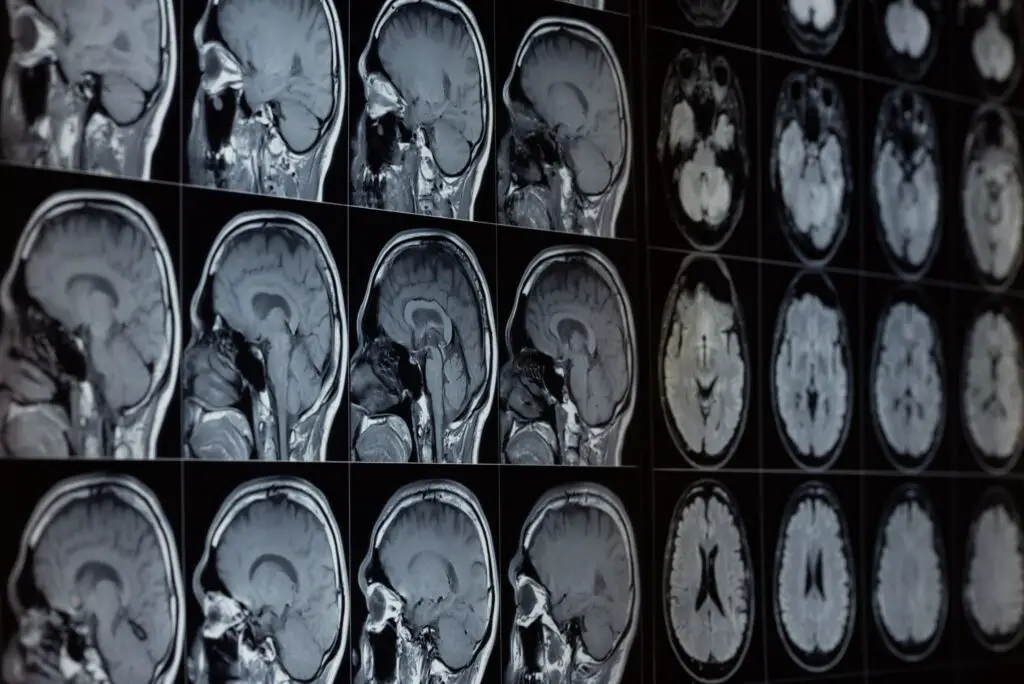
For years, teachers repeated the claim that humans only use a tiny portion of their brains. It was meant to sound inspiring, like a motivational push to “unlock hidden potential,” but it simply isn’t true. Brain scans show activity across nearly all regions, even during basic tasks like walking or talking. Different parts of the brain light up depending on what you’re doing, but they’re not sitting dormant waiting to be tapped into.
The myth may have stuck around because it gave people hope that untapped genius was hiding inside. In reality, the brain is far too energy-demanding to waste 90% of its capacity on nothing. So while it’s fun to imagine, the truth is we’re already putting our whole brain to good use.
2. Shaving Makes Hair Grow Back Thicker

This is one of those “facts” that almost every kid heard in health class, and many adults still believe. The truth is that shaving doesn’t change the thickness, color, or rate of growth of hair. What happens is the blunt edge left behind after shaving can make the hair feel rougher, giving the illusion of thickness.
Teachers often warned students about this as if shaving too young would ruin them for life. It’s easy to see how the myth spread because the stubble does feel different than soft, tapered hair. But science has repeatedly shown that hair growth comes from follicles beneath the skin, unaffected by a razor.
3. Reading in Dim Light Ruins Your Eyes

Many of us were scolded for reading under the covers with a flashlight, told that we’d go blind by the time we were adults. The reality is that dim light can strain your eyes and make reading uncomfortable, but it doesn’t cause permanent damage. Eye strain usually goes away with rest and better lighting.
Teachers often used this warning as a way to scare kids into practicing better habits. The myth likely persisted because tired, strained eyes sometimes feel like they’re getting worse. But optometrists agree there’s no long-term harm in sneaking a chapter or two by nightlight.
4. Cracking Knuckles Causes Arthritis
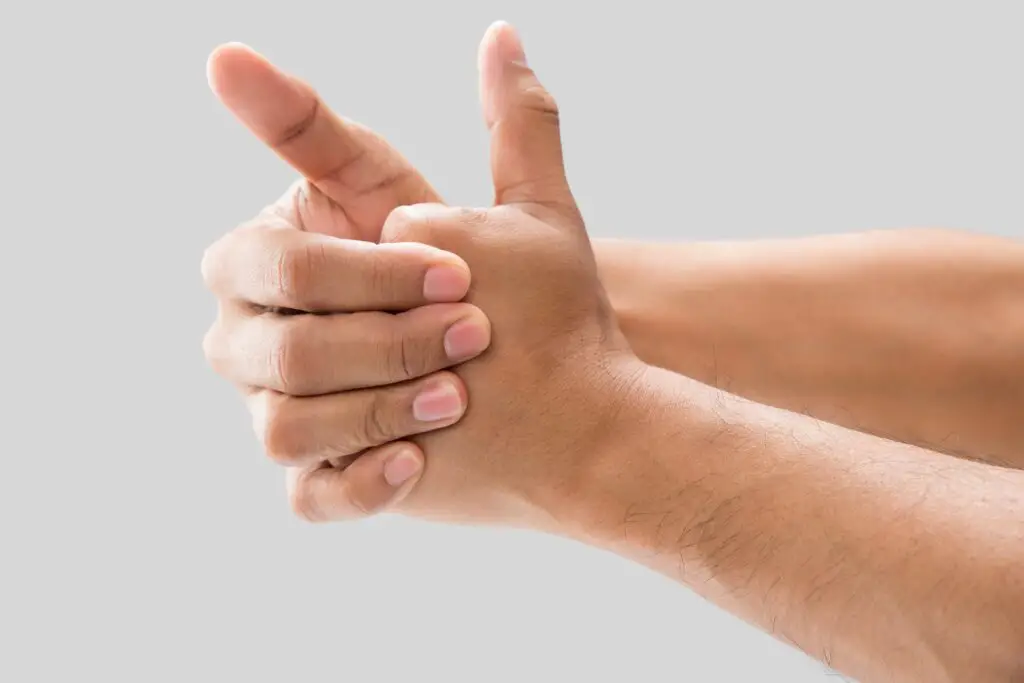
This was practically shouted across classrooms whenever a student started popping their joints. The cracking noise comes from bubbles forming and collapsing in joint fluid, not from bones grinding together. Studies have shown no direct link between cracking knuckles and arthritis.
At most, it might cause slight swelling or reduced grip strength in heavy knuckle-poppers, but nothing like the horror stories kids were told. Teachers may have used the myth as a deterrent since the sound annoyed them. So while cracking might drive people around you crazy, it’s not ruining your joints.
5. Eating Carrots Improves Night Vision

This was taught almost like gospel, especially during school lunch lessons. While carrots are rich in vitamin A, which is important for eye health, they won’t give you superhero-level night vision. The myth actually exploded during World War II, when the British military spread it as propaganda to explain why their pilots seemed so effective at night.
Schools picked it up and taught it as fact without digging into the backstory. Carrots can prevent vision problems linked to vitamin A deficiency, but that’s about it. Unfortunately, they can’t turn you into a nocturnal creature.
6. Gum Takes Seven Years to Digest

Every kid who swallowed gum in class was warned that it would sit in their stomach for years. This myth spread like wildfire in schools, probably because gum feels indestructible when you chew it. In reality, while gum base isn’t digestible, it moves through the digestive system like other indigestible things, such as corn kernels.
It doesn’t stick to your stomach or hide there for years. Teachers likely repeated the myth to stop kids from swallowing gum out of laziness. The body does its job and pushes it through without much trouble.
7. Touching Frogs Gives You Warts

Science teachers in particular often told kids to avoid frogs and toads because they supposedly caused warts. Warts are caused by the human papillomavirus, not amphibians. Frogs and toads may look bumpy, but that’s just part of their skin.
The myth may have originated as a way to keep kids from handling wild animals. Schools kept it alive because it was easy and effective as a warning. In truth, warts spread from human-to-human contact, not from slimy creatures.
8. If You Cross Your Eyes, They’ll Stay That Way

This one was both silly and terrifying, especially for kids who liked to make funny faces. Teachers and parents often reinforced it, saying permanent cross-eyes would be the result of goofing around. In reality, your eye muscles are flexible and won’t lock in place from crossing.
Only medical conditions like strabismus can cause eyes to stay misaligned. The myth likely spread because adults wanted to stop children from doing something distracting. But as soon as you stop, your eyes relax back to normal.
9. Sitting Too Close to the TV Damages Your Eyes
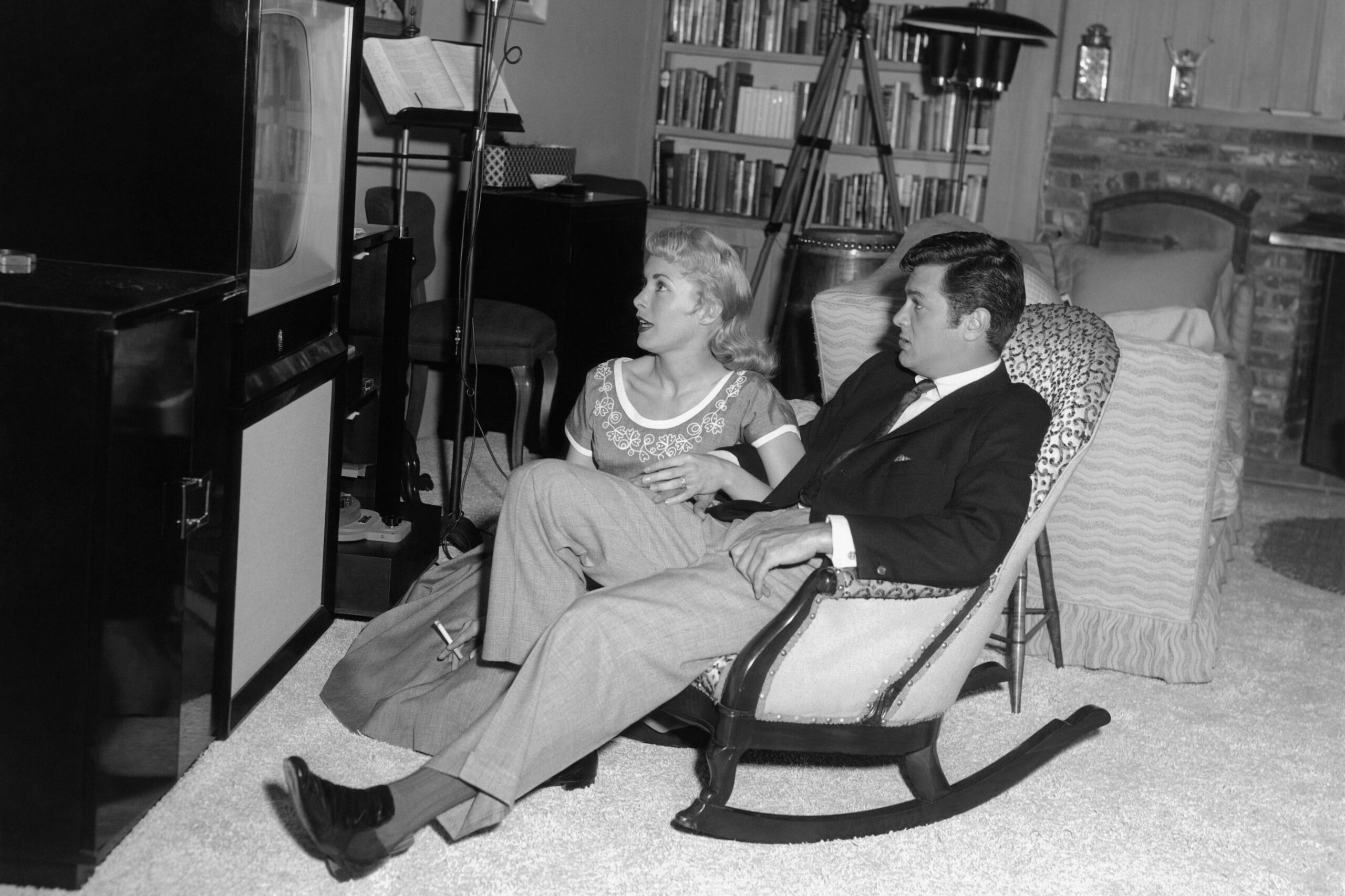
This was a big one during the era of bulky box TVs. Teachers often said sitting too close would make you need glasses. While sitting close can cause temporary eye strain, it doesn’t cause permanent damage.
In fact, children often naturally sit closer because their eyes can focus better than adults. The myth probably came from older TVs, which did emit small amounts of radiation, though not enough to be dangerous. By the time flat-screens rolled around, the warning had no basis at all.
10. Hair and Nails Keep Growing After Death
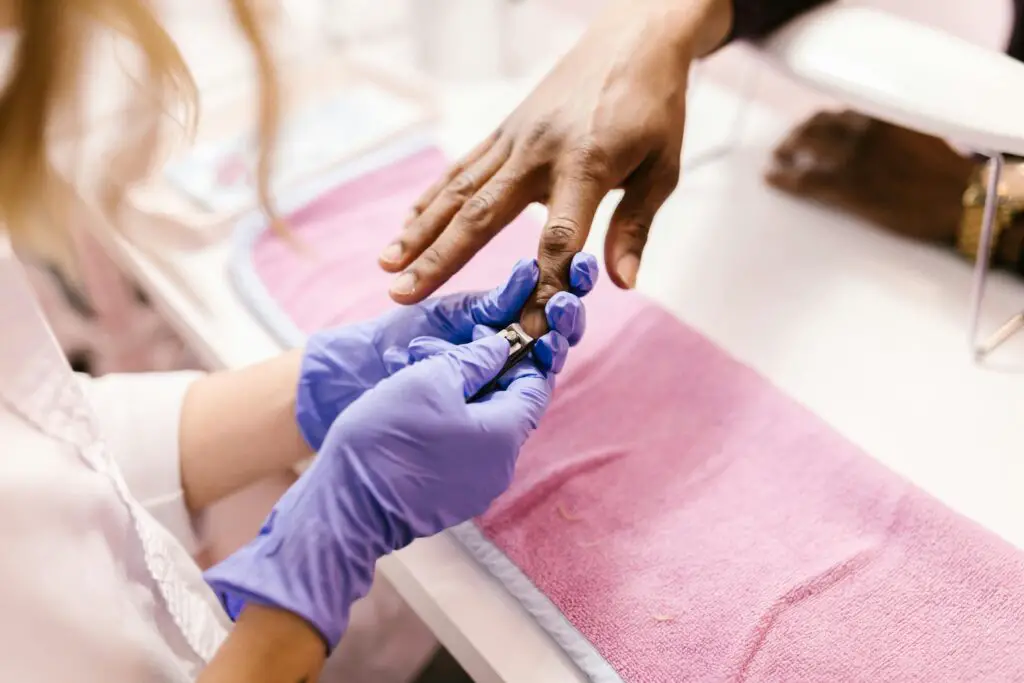
For years, science classes taught this eerie “fact” as though it were common knowledge. In reality, after death, the skin dehydrates and pulls back, making hair and nails look longer. Growth requires energy and hormones, which the body no longer produces after death.
The myth was popular because it was both creepy and memorable. Students rarely forgot it once it was shared. But the science shows that it’s an illusion, not true growth.
11. Humans Swallow Eight Spiders a Year in Their Sleep
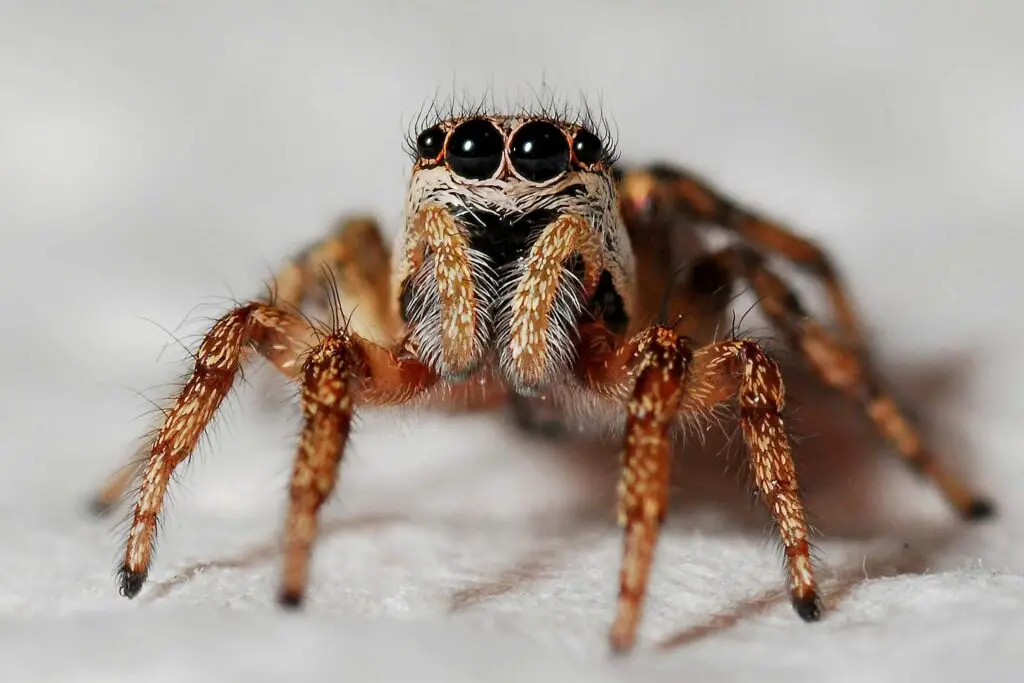
This unsettling claim showed up in schools, usually to gross kids out during health or science talks. The idea of spiders crawling into your mouth at night is horrifying, but it isn’t based in fact. Spiders don’t seek out humans, and the vibration of breathing usually keeps them away.
The myth likely stuck because it was memorable and made for a good scare. Teachers may not have fact-checked before repeating it. In truth, swallowing even one spider in your sleep is highly unlikely.
12. Blood Is Blue Until It Hits Oxygen
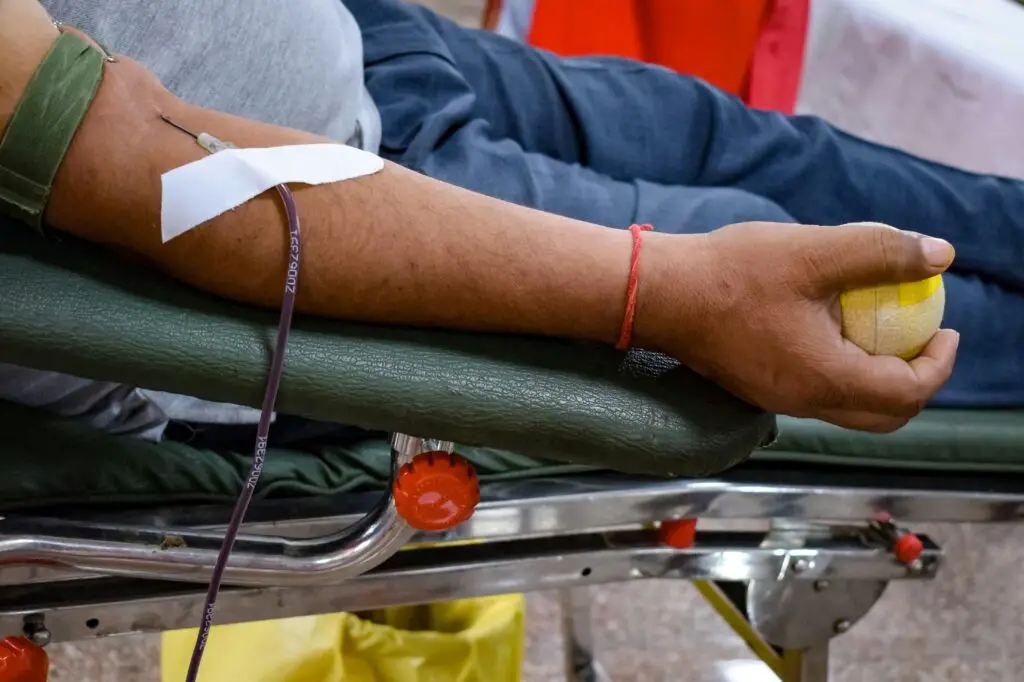
Many textbooks even had diagrams showing veins as blue, which confused students. Teachers often explained that blood is blue until exposed to air, where it turns red. The reality is that blood is always red, just darker when it lacks oxygen.
Veins look blue because of how light penetrates skin and reflects back. The myth endured because it seemed to match what people saw on their own bodies. In truth, there’s no magical color change happening in your veins.
13. Humans Have Only Five Senses

Science classes loved to drill in the idea of five senses—sight, smell, taste, touch, and hearing. But the human body actually has many more, like balance, temperature, pain, and the sense of where your body is in space. Schools stuck to five because it was easy to remember and teach.
The reality is far more complex, but not as catchy as the “five senses” rule. By limiting the lesson, teachers unintentionally simplified human experience. Modern science recognizes at least nine or more senses, depending on how you count.
14. You’ll Catch a Cold from Being Outside Without a Coat

This one was a wintertime favorite in schools, often told as a stern warning. The truth is colds come from viruses, not from cold weather itself. Chilly air can weaken your body slightly, but you can’t get sick from simply being outside underdressed.
The myth likely stuck because colds do spread more in the winter when people huddle indoors. Teachers may have used the warning to make sure kids dressed warmly. While bundling up is still smart for comfort, it doesn’t shield you from viruses.
